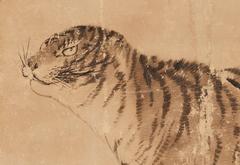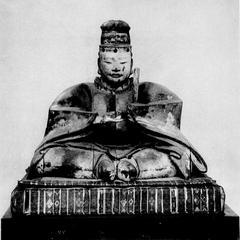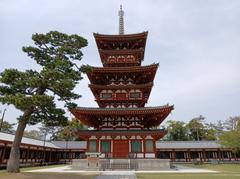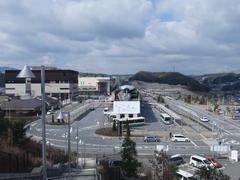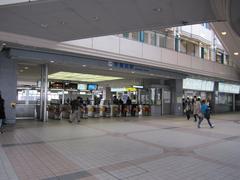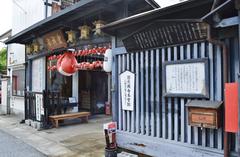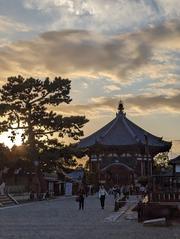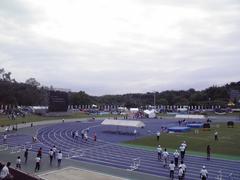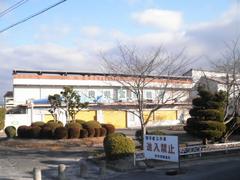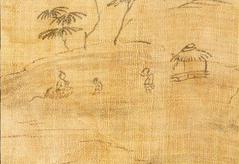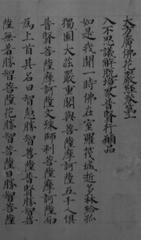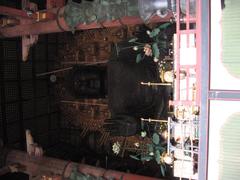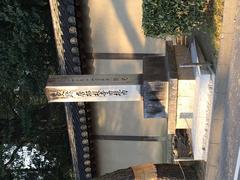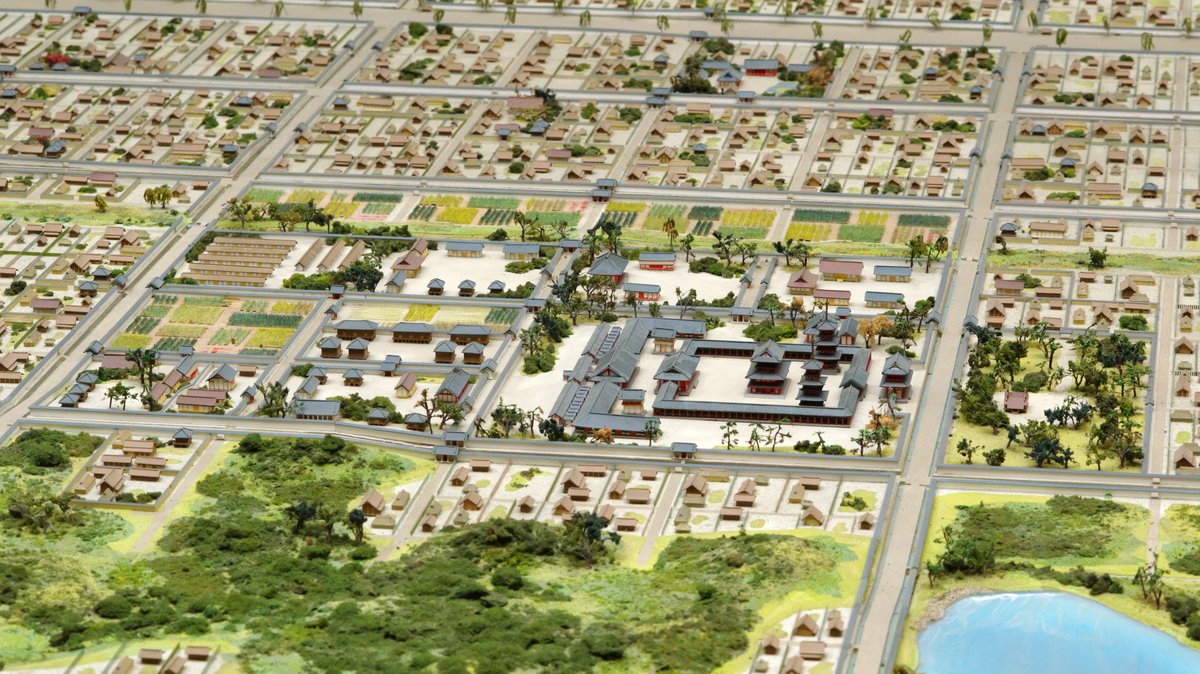
Yakushi-ji Visiting Hours, Tickets, and Travel Guide to Nara’s Historical Treasure
Date: 14/06/2025
Introduction
Set in the heart of Nara, Japan’s ancient capital, Yakushi-ji Temple stands as one of the country’s most treasured Buddhist landmarks. Established in the late 7th century by Emperor Tenmu, the temple was dedicated to Yakushi Nyorai—the Medicine Buddha—as a prayer for the healing of Empress Jitō. Over 1,300 years later, Yakushi-ji remains a prominent center of Buddhist worship, celebrated for its architectural beauty, spiritual legacy, and role in the transmission of Buddhist culture from mainland Asia to Japan (Yakushiji Official; Britannica).
This comprehensive guide covers Yakushi-ji’s visiting hours, ticket information, accessibility, architectural highlights, and travel tips. Whether you are a history enthusiast, spiritual seeker, or curious traveler, this article will equip you with everything you need to make the most of your visit to this UNESCO World Heritage Site (UNESCO).
Contents
- Foundation and Historical Evolution
- Architectural Highlights and Artistic Heritage
- Visiting Hours, Tickets, and Accessibility
- Rituals, Festivals, and Pilgrimage
- Travel Tips and Nearby Attractions
- Visitor Etiquette and FAQs
- Visual Resources
- Summary and Recommendations
- References
Foundation and Historical Evolution
Commissioned in 680 CE by Emperor Tenmu as an act of devotion and healing, Yakushi-ji was initially built in Fujiwara-kyō, then Japan’s capital. When the capital was moved to Nara (Heijō-kyō) in 710—marking the start of the Nara Period—the temple was relocated to its current Nishinokyo district around 718 CE (Wikipedia; Japan Travel).
Yakushi-ji quickly rose to prominence, ranking among the “Seven Great Temples” (Nanto Shichi Daiji) that symbolized imperial authority and spiritual legitimacy. Its symmetrical, grand layout and artistic treasures reflect the cosmopolitan influences of the Nara period, showcasing connections to China, Korea, and beyond (Japan Guide).
Despite suffering devastating fires in 973 and 1528, which destroyed most original structures, Yakushi-ji has been meticulously reconstructed over centuries. The only surviving original building is the East Pagoda, dating from 730 CE, which stands as a testament to early Japanese Buddhist engineering and design (Yakushiji Official; Wikipedia).
Architectural Highlights and Artistic Heritage
Symmetrical Layout and Site Plan
Yakushi-ji’s layout emphasizes strict symmetry and cosmic harmony. The central axis features the Main Hall (Kondō), flanked east and west by identically placed three-storey pagodas, all surrounded by cloisters and subsidiary halls (taleofgenji.org; yakushiji.or.jp). This arrangement, influenced by Tang Dynasty China, set a template for later Japanese temple architecture.
Main Hall (Kondō)
Completed in 1976 after centuries of reconstruction, the Kondō is a two-story wooden structure with a sweeping hip-and-gable roof. Here, visitors can view the renowned Yakushi Triad—a set of bronze Buddhist statues depicting Yakushi Nyorai (Medicine Buddha), Nikko Bosatsu (Sunlight), and Gakko Bosatsu (Moonlight). These statues, designated National Treasures, exemplify the artistry of the Hakuho period (yakushiji.or.jp; taleofgenji.org).
East Pagoda (Tōtō)
The East Pagoda, completed in 730 CE, is the only original 8th-century structure remaining at Yakushi-ji and is a National Treasure (japan-guide.com). Its unique design—with three main stories and pent roofs between each level—creates the visual illusion of a six-storey tower. The bronze finial atop the pagoda is notably intricate and symbolic (taleofgenji.org).
West Pagoda (Saitō) and Subsidiary Structures
Destroyed by fire in 1528, the West Pagoda was reconstructed in 1981, mirroring the original design to maintain the temple’s symmetry (worldhistory.org). The Lecture Hall (Kōdō), rebuilt in 1852, houses another Yakushi Triad and serves as a space for ceremonies and study.
Artistic Features
Yakushi-ji’s art is characterized by international motifs—grapevines (Greek), lotus flowers (Persian), and mythical animals (Chinese)—reflecting the Silk Road’s influence during the Nara period (taleofgenji.org). The Yakushi Triad statues are celebrated for their serene expressions and dynamic drapery.
Restoration and Preservation
Extensive restoration has preserved Yakushi-ji’s architecture and art. The East Pagoda underwent major repairs from 2012–2018, while the Main Hall and West Pagoda were reconstructed in the late 20th century (Yakushiji Official). These efforts, along with ongoing preservation, ensure the temple’s legacy for future generations (japan365days.com; unesco.org).
Visiting Hours, Tickets, and Accessibility
- Visiting Hours: Generally open daily from 9:00 AM to 5:00 PM (last admission at 4:30 PM). Seasonal variations may apply (Yakushi-Ji Official).
- Tickets: Standard adult tickets are ¥500–¥1,000, depending on access to special exhibitions. Discounts apply for students and groups (kanpai-japan.com).
- Accessibility: Most temple grounds are wheelchair accessible. Some older or reconstructed buildings may have steps or uneven surfaces. Contact the temple in advance for specific needs.
- Parking: On-site parking is available, with access from 8:45 AM to 5:15 PM (Yakushi-Ji Official).
- Guided Tours: Complimentary guided talks (hōwa) for groups of 10 or more are available; guided tours and audio guides can enhance your visit (Yakushi-Ji Official).
Rituals, Festivals, and Pilgrimage
- Healing Rituals: Daily Buddhist services and healing prayers are held for Yakushi Nyorai, attracting visitors seeking physical and spiritual well-being (Boutique Japan).
- Annual Festivals: Notable events include the Yakushi-e festival (January 8th), celebrating the temple’s founding, with special ceremonies and processions (Boutique Japan).
- Pilgrimage: Yakushi-ji is a key stop on the Saigoku Kannon Pilgrimage, highlighting its status as a spiritual destination (Japan Guide).
Travel Tips and Nearby Attractions
- Getting There: Yakushi-ji is a short walk from Nishinokyo Station (Kintetsu Kashihara Line) or accessible by bus from JR Nara Station (Inside Kyoto).
- Nearby Sites: Combine your visit with Toshodaiji Temple, Heijo Palace ruins, Nara Park, and Todai-ji for a broader exploration of Nara historical sites (Nomadasaurus).
- Best Time to Visit: Early mornings (8–9 AM) offer fewer crowds and serene temple grounds, with spring and autumn providing the most scenic landscapes (TripHobo).
- Duration: Most visitors spend 30–60 minutes; allow more time for guided experiences or deeper exploration.
Visitor Etiquette and FAQs
- Dress Modestly: Remove hats and sunglasses inside buildings.
- Photography: Permitted outdoors; restricted in some indoor areas—observe signs and staff directions.
- Behavior: Maintain quiet, respect worshippers, and refrain from eating or using phones in sacred spaces.
- Security: The temple grounds are safe and patrolled; large bags, food, and drinks are not allowed inside halls.
Frequently Asked Questions
Q: What are Yakushi-ji’s visiting hours?
A: 9:00 AM to 5:00 PM daily, last admission at 4:30 PM (Yakushi-Ji Official).
Q: How much are tickets?
A: Adults: ¥500–¥1,000. Discounts for students and groups.
Q: Is Yakushi-ji accessible for disabled visitors?
A: Most grounds are accessible; some historic buildings have steps. Contact the temple for details.
Q: Are guided tours available?
A: Yes, complimentary for groups of 10+ with reservation; regular guided tours and audio guides are also available.
Q: Can I take photos inside Yakushi-ji?
A: Allowed outdoors, often restricted indoors—follow posted instructions.
Visual Resources
- (Add further images of the temple grounds in different seasons for enrichment.)
Summary and Recommendations
Yakushi-ji Temple is a living testament to Japan’s Buddhist heritage and architectural innovation. From its imperial origins and role in propagating the Hosso school of Buddhism to its striking symmetrical layout and enduring artistic treasures, Yakushi-ji offers a blend of spiritual depth and historical grandeur. Restoration efforts and accessibility improvements invite visitors to experience its legacy firsthand.
For a rewarding visit:
- Check current visiting hours and ticket prices on the official website.
- Arrive early for a peaceful experience and optimal photography.
- Join a guided tour or use audio guides for deeper insight.
- Combine your visit with nearby Nara historical sites to enrich your journey.
- Download the Audiala app for interactive maps, event updates, and audio guides.
Embrace Yakushi-ji as a gateway to Japan’s spiritual heart and cultural richness.
References
- Yakushiji Official
- Yakushiji Official (For Visitors)
- Wikipedia: Yakushi-ji
- Japan Travel: Yakushi-ji Temple
- Britannica: Yakushi-ji
- Japan Guide: Yakushi-ji Temple
- UNESCO: Historic Monuments of Ancient Nara
- Tale of Genji: Yakushiji Temple
- Japan365days: Yakushiji Temple Restoration
- Kanpai Japan: Yakushi-ji Tickets and Access
- Inside Kyoto: Nara Travel Guide
- Boutique Japan: Nara Japan
- Nomadasaurus: Things to Do in Nara

